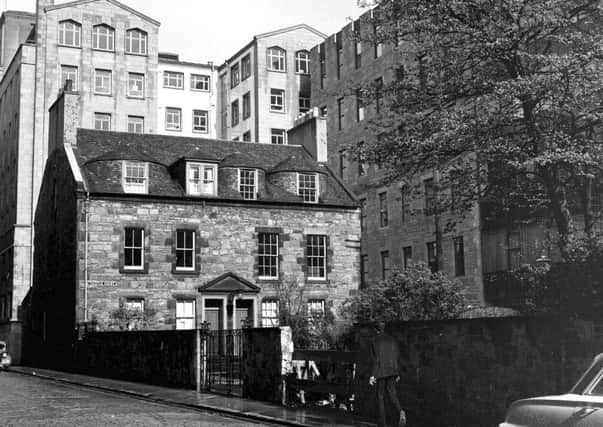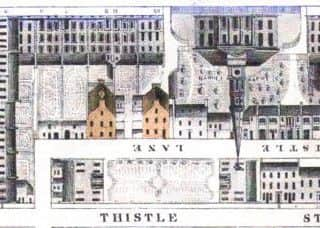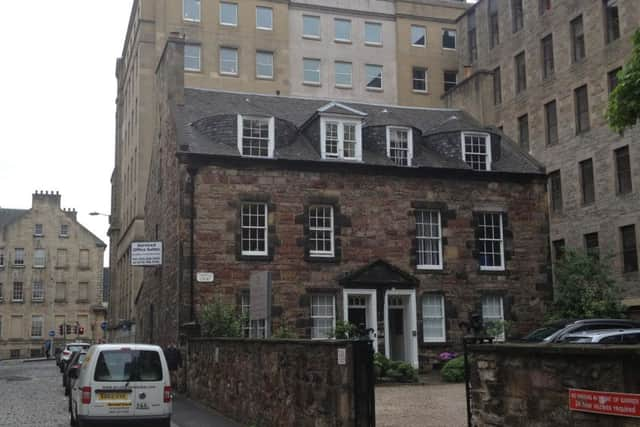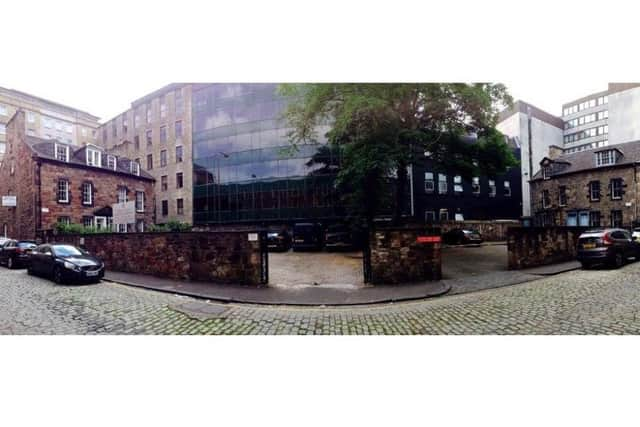What was the first building in Edinburgh's New Town?


Architect James Craig has gone in history as the visionary who made it all happen. His winning entry for the New Town development was announced on 17 April 1766.
Edinburgh Town Council earmarked the verdant fields to the north of the stagnant Nor’ Loch as the ideal place to see Craig’s dream realised.
Advertisement
Hide AdAdvertisement
Hide AdLand was made available in plots, with ample space in each to build one or two properties plus a small garden.


Potential proprietors were dangled a healthy cash sum in a concerted effort to speed up the construction process.
But what was the first residential building to appear in Edinburgh’s New Town and who was responsible?
Tour guides (and even a 2016 history documentary commissioned by the BBC) will tell you the first two properties to be constructed were on Thistle Court.
Advertisement
Hide AdAdvertisement
Hide Ad

These houses still stand today at the far east end of Thistle Street (the Caledonian ‘Yin’ to Rose Street’s ‘Yang’) close to where it collides with North St David Street.
Rather famously, the court ignores a key intention of Craig’s original plan and was created by one man’s apparent refusal to comply with its rigidity.
That man was developer John Young and he received the princely sum of £20 as an incentive to buy the first plot of land in Edinburgh’s New Town.


Rather than build a row of terraced townhouses on lateral lines to the Nor’ Loch, as suggested by Craig’s plan, Mr Young, whose name is honoured in nearby Young Street, decided to build two houses facing each other across a small grass court. It is recorded that the two houses were completed by 1767 - however, they are not thought to be the first.
Advertisement
Hide AdAdvertisement
Hide AdOn his website, historian Joe Rock - a reliable voice on Edinburgh heritage - asserts that the notion is myth, explaining that John Young was indeed responsible for Thistle Court, but adds that they were constructed as such in order to protect his lovely view of the Firth of Forth from his already-existing property on Thistle Lane.
While it is still possible that Thistle Court was constructed first, it does seem unlikely that this was the case.
Sadly, the houses that John first built no longer stand. They were demolished in the 1960s and offices constructed on the site.
Thistle Court has thankfully been preserved, although neither remain residential today. The properties to the east have been converted into an office suite, while the houses to the west was gutted out to become an electricity substation. Bright yellow warning signs adorn the two aged front doors.
This Georgian curiosity is well worth a visit.
